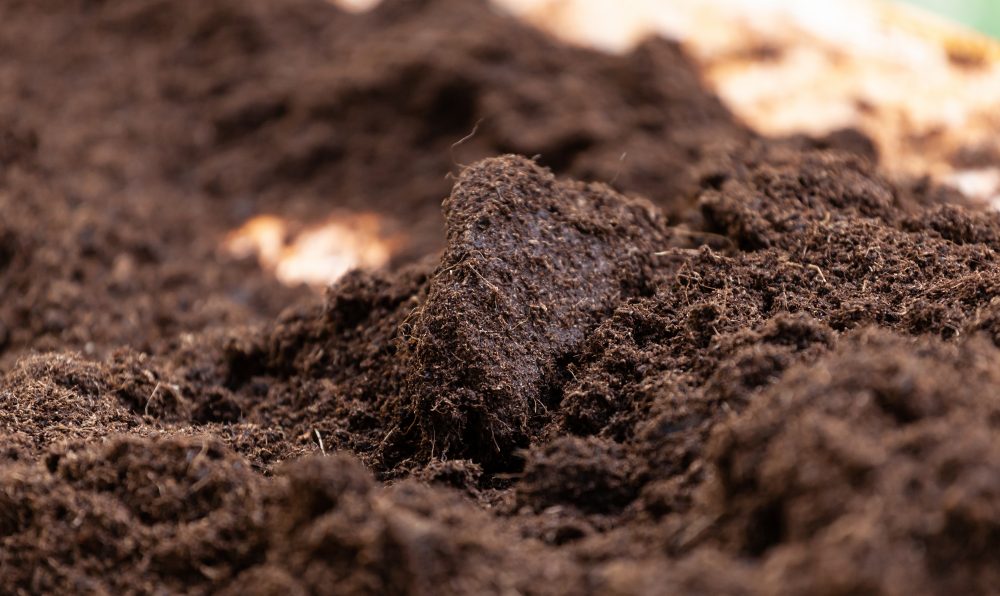The lushness and beauty of a well-leveled lawn are sights to behold. However, achieving this perfection requires a sound understanding of several factors, one of the most important being the soil type. At Accurate Lawn Leveling, we have the expertise to help you navigate this often overlooked aspect of lawn care.

The Science of Soil Types
There are essentially three primary soil types – sand, silt, and clay, with several variations in-between depending on the ratio of these components. Loam, a balanced mixture of sand, silt, and clay, is often touted as the ideal soil type for lawns. Each soil type has unique characteristics that impact their suitability for lawn leveling.
Sand
Sand-based soils are composed of large, coarse particles, resulting in a loose, gritty texture. They have excellent drainage properties but can often struggle to retain nutrients and water, which may affect the health and vigor of your lawn.
Silt
Silt soils consist of medium-sized particles leading to a smooth texture. They hold water and nutrients well but can compact easily, leading to poor drainage.
Clay
Clay soils have the smallest particles, resulting in a sticky, dense texture when wet. They retain water and nutrients exceptionally well but can become compacted and poorly aerated.
Loam
Loam is the perfect balance of sand, silt, and clay. It combines the best characteristics of these soils, boasting good nutrient and water retention, excellent drainage, and aeration, making it ideal for most lawns.
Soil Type and Lawn Leveling
The soil type significantly influences the effectiveness of lawn leveling. Here’s how:
Drainage and Water Retention
Lawn leveling demands a soil type that strikes a balance between drainage and water retention. While sandy soils drain quickly and prevent water-logging, their inability to retain water can lead to a parched lawn. On the other hand, clay and silt soils retain water well but can cause water-logging due to poor drainage.
Compaction
Soil compaction affects the ease of lawn leveling. Sandy soils, with their loose structure, resist compaction, thus facilitating leveling. Conversely, clay and silt soils compact easily, making them harder to level.
Nutrient Retention
A nutrient-rich lawn leads to robust grass growth, contributing to a well-leveled lawn. Loam and clay soils excel in nutrient retention, supporting healthier and denser lawns.
Achieving the Perfect Level
While it might seem daunting, understanding your soil type’s characteristics is a crucial first step towards a perfectly leveled lawn. At Accurate Lawn Leveling, we offer professional lawn leveling services that take into account your unique soil type and condition. We customize our approach based on the soil’s drainage, compaction, and nutrient retention characteristics to ensure optimal results.
In conclusion, the type of soil plays a critical role in lawn leveling. It’s important to know your soil type and work with experts who can guide you through the leveling process, keeping the unique characteristics of your soil in mind. Remember, a well-leveled lawn not only adds aesthetic appeal but also increases your property’s value. Reach out to Accurate Lawn Leveling to help you achieve that perfectly leveled lawn today.
